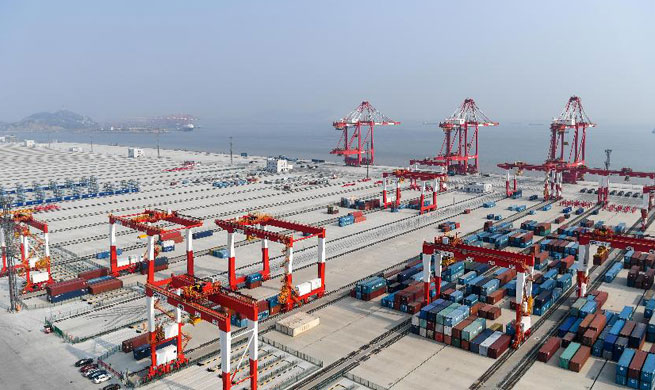The recent decision by the People’s Bank of China to cut the effective reserve requirement ratio for banks by half a percent to 1.50% under certain circumstances fits with the government’s attempt to reduce leverage in the financial system. And in many ways, it will lead to more efficiency and economic growth.
There’s been speculation that the move contradicts the central bank’s deleveraging efforts and that this is yet another example of China pumping liquidity into the system to support growth. If the goal was purely to add liquidity, the PBOC has several other tools that it could have used, from daily open market operations to the medium-term lending facility to the temporary liquidity facility, Bill Millhouse opined for Bloomberg.
What’s important to understand about the cut in the reserve requirement ratio is that it would depend on a bank’s proportion of loans to small- and medium-sized enterprises—a move that would encourage lenders to allocate more capital to these companies and less to state-owned concerns.
Deleveraging is a critical task for the Chinese government, especially in the corporate sector, where debt has increased from approximately 85% of gross domestic product in 2008 to more than 150% today.
The commitment to this effort was evident in recent measures to rein in shadow financing, restrictions on mortgages, and last week’s announcement from the State Assets Supervision and Administration Commission, that it will impose curbs on borrowing by any industrial state-owned enterprises that have debt-to-asset ratios exceeding 70%.
Measures to restructure corporate debt must be implemented simultaneously with reform of the credit allocation process of major banks.


